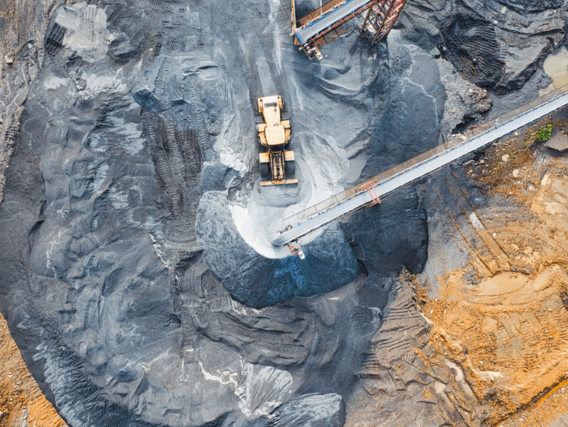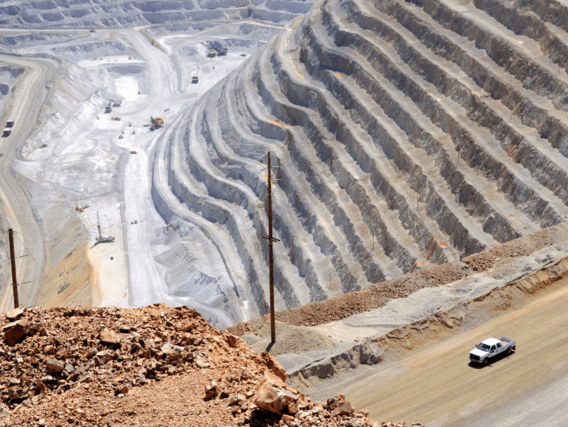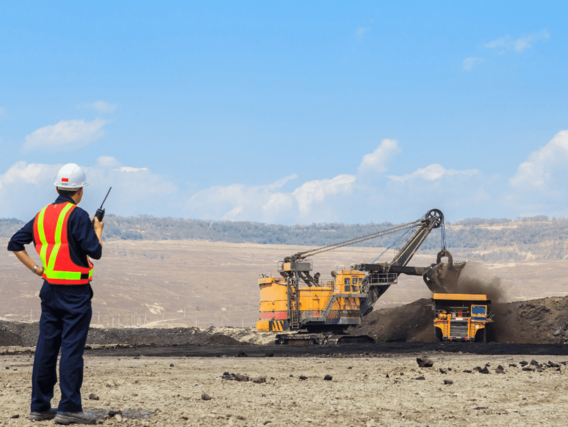With regard to the PAE, the main information is listed in Article 39 of the Mining Code, which must be presented in two copies. These are
I - Explanatory memorial: Document that serves as the exclusive source of the location of your area in the ANM database. If you want to know more, go to this text.
II - Projects or preliminary projects relating to:
a) the mining method to be adopted, making reference to the scale of production initially envisaged and its projection;
On this topic, it is essential to address the mining plan, including the mining method to be used, the planning and development of the mine, the expected production, the unit operations involved (drilling, blasting, loading and transport), as well as a mining flowchart.
b) lighting, ventilation, transport, signalling and work safety;
This part mainly concerns the Mining Regulatory Standards (NRM's), established by Ordinance 237/2001. When designing a mine, compliance with the legislation is essential, and sanctions may be imposed in the event of non-compliance. Thus, for Ventilation, we have NRM 06, Lighting, NRM 11, Signalling, NRM 12 and NRM 13, and for Safety, NRM 22.
c) surface transport and ore processing and agglomeration;
This necessarily involves the project for transporting and processing the ore. The aim is to specify the equipment that will be used, as well as the process routes, inputs and the layout of the mine.
d) energy, water supply and air conditioning installations;
This topic describes the electrical installations, water and air supply pipework.
e) the hygiene of the mine and its workings;
This section should specifically discuss safety conditions at work, always taking into account the conditions laid down in NRM 22.
f) housing and living conditions for all those who live on the mining site;
Still linked to NR 22, this part describes the buildings that support the mine's operations, such as offices, workshops, restaurants, as well as safety items.
g) facilities for capturing and protecting water sources, adduction, distribution and utilisation, in the case of mineral water;
This topic must be present in the case of mineral water exploration and exploitation. The main legal provisions in this case, apart from the CM, are the Mineral Water Codeas well as Ordinances No. 231/1998 and No. 374/2009. Therefore, the design of the installations must be presented, observing the use of authorised materials such as PVC and stainless steel, as well as the conditions for protection and storage.
h) the construction of a tailings dam, if any, or an increase in its height, where the use of the upstream raising technique is prohibited (Included by Law No. 14,066 of 2020).
Present a project for the construction of the tailings disposal structure. An observation in the case of dam construction is that the EAP must contain an Emergency Action Plan, in conceptual form drawn up by the entrepreneur.




